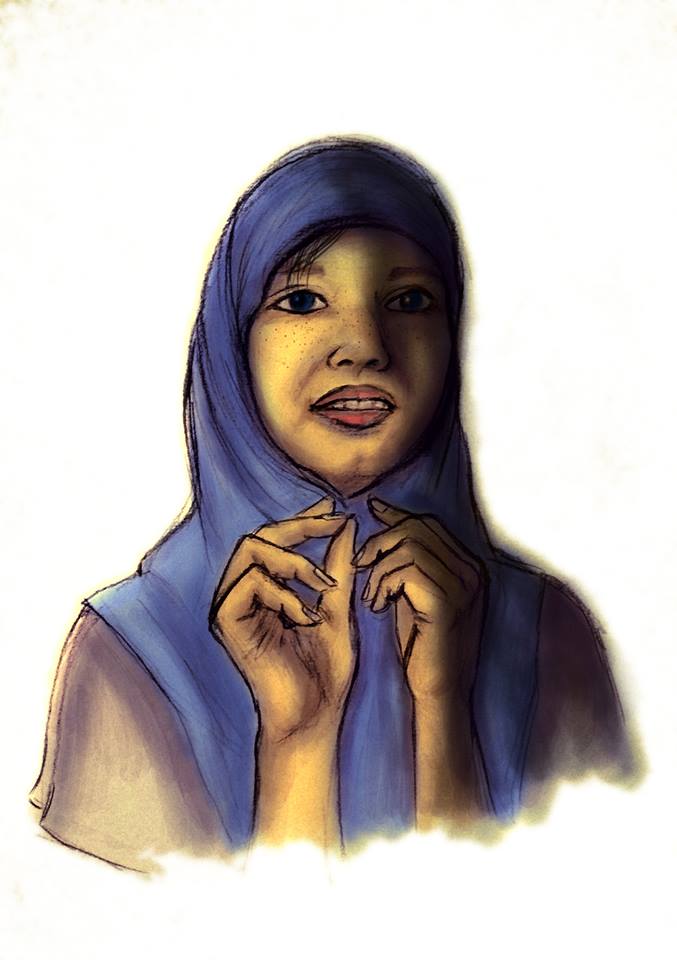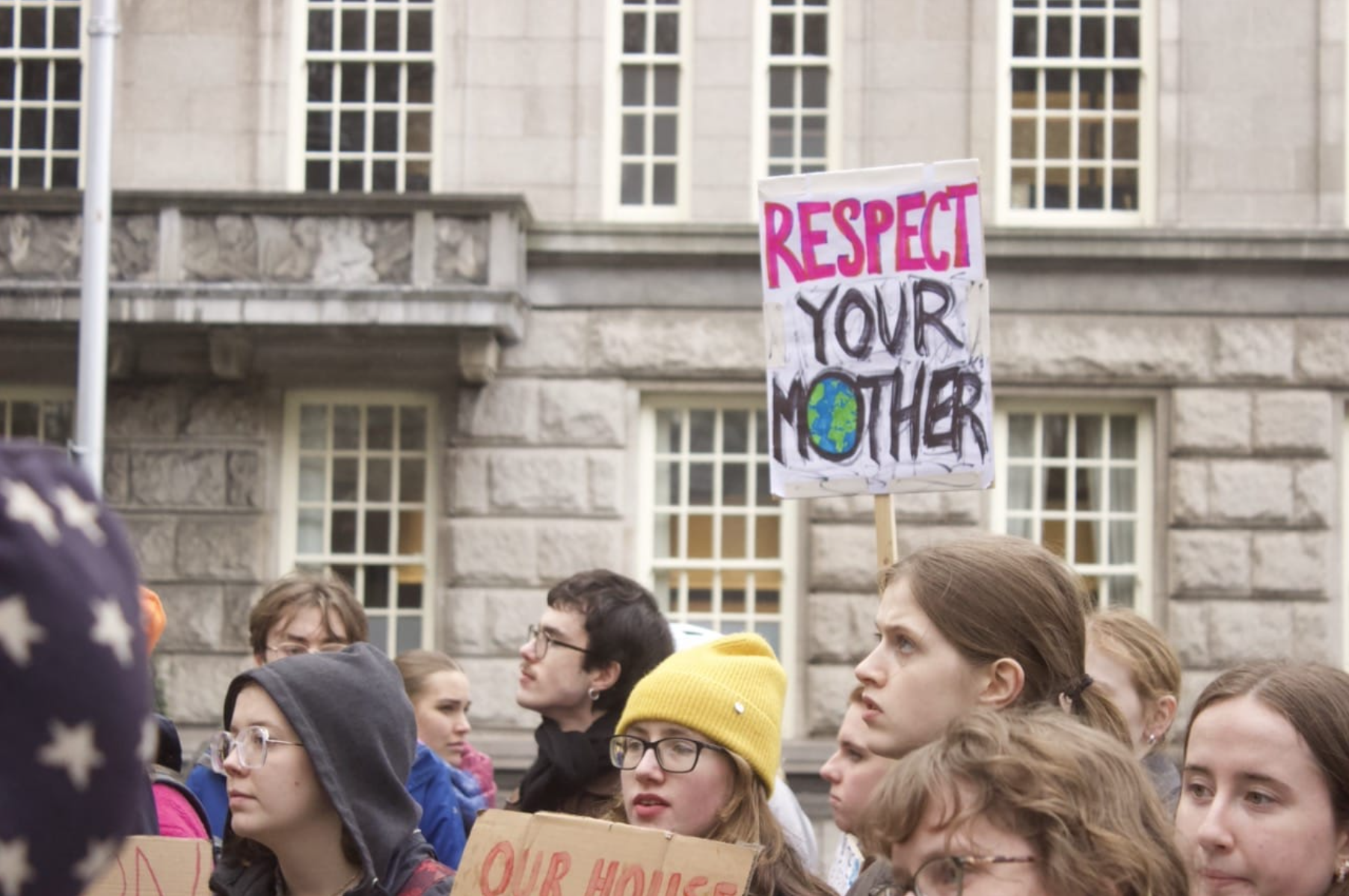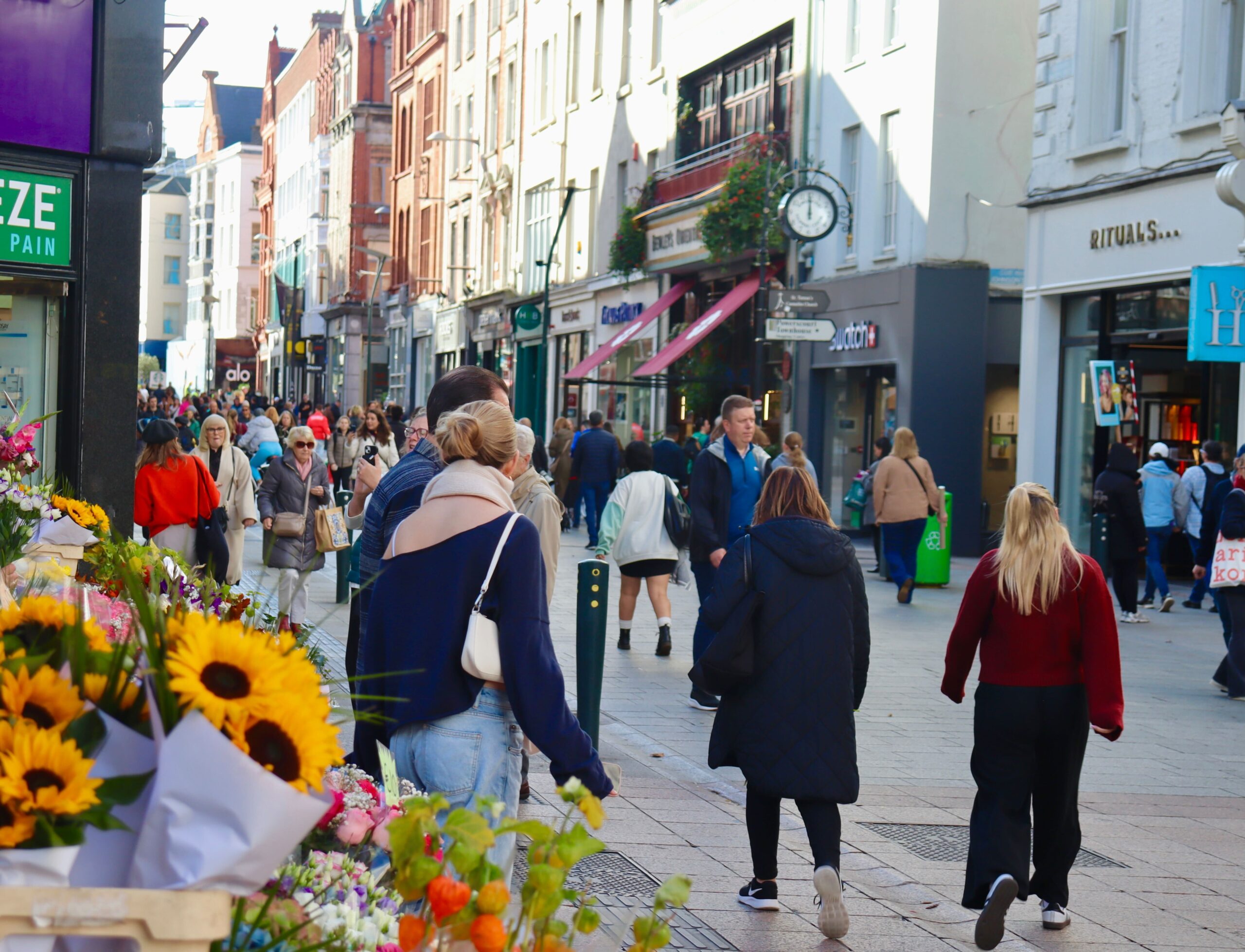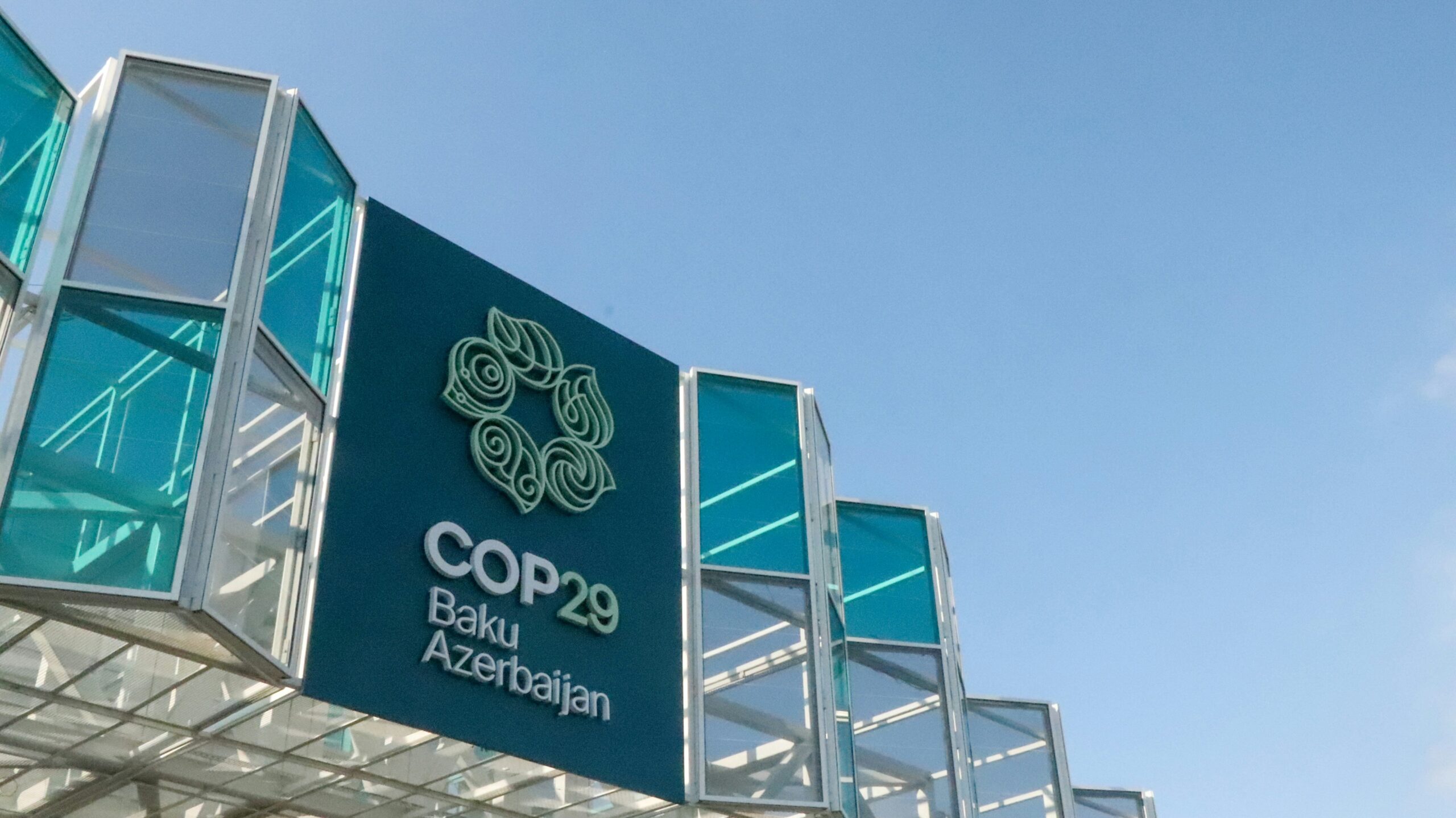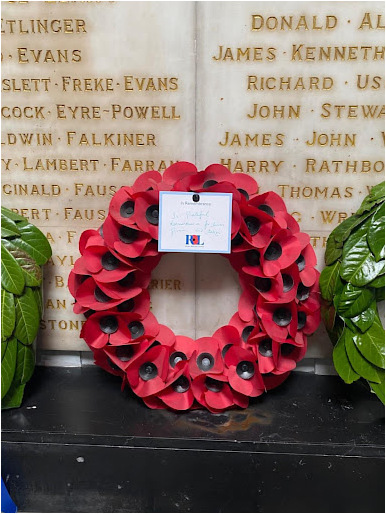Words| Jedidja Stael
Funny enough, it was the evening before that I felt the annoying sensation of being nervous. Though while clumsily putting on the hijab in the morning, I felt a calm excitement. This was the first time that I wore a headscarf. When I took my first steps into the public sphere, I felt a huge spotlight on me. It was Thursday the 5th of February, Trinity’s second annual World Hijab Day. This day, which was organised by the Muslim Student Association, offered me the opportunity to discover how it was to wear a hijab and to delve deeper into its meaning. I had the opportunity to interview four Trinity students: treasurer of the MSA, Maham Mahmood, and members Sarah Quidwai, Nuur Mohammad and Saima Khan.
While walking to campus, I noticed that less people stared at me than I expected. Although it could have been the morning rush, not too many seemed to be that interested. There was the occasional long glance, especially arriving at Trinity where most of my classmates recognised me. I did feel awkward at times but soon I started to enjoy the experience. Walking around made me wonder what people would think when they see me.. Would they wonder if I converted? Would they see it as a sign of oppression? Or would they think anything of it at all?
When it comes to the meaning of the hijab, there seem to be many reasons for women to wear a hijab, such as modesty, decency, respect and protection. Yet, as Sarah said, it “all comes down to faith.” The spiritual aspect is indeed an important factor for most women choosing to wear a headscarf. “Mainly in my view, it is an act of worship”, Nuur said. Both Saima and Maham mentioned that their faith and the hijab are part of their identity. “It’s part of who I am and who I want to be. Going without hijab feels like being naked, vulnerable,exposed to unwanted, negative elements around me,” says Saima. Maham too remarks that “I would not be the same person if I did not wear the hijab. It makes me the person who I am.”
“I would not be the same person if I did not wear the hijab. It makes me the person who I am.”
Starting to wear the headscarf, even for a day, was a big step for me. Suddenly there was something covering my long hair. It was challenging as I did not have the same reasons as many Muslims have to wear it. Nevertheless, Sarah and Maham, had also initially struggled with wearing the hijab. The change in appearance and being too self-consciousness were some of the main obstacle why it had been difficult, yet it was their faith that made them step over the line. “It is not difficult once you accept it into your own heart”, Saima said. Nuur still experiences being uncomfortable at times due to the stares, however, she does see it as being too self-aware. Moreover, being in Europe she feels like she is representing all Muslims. “You have to be cautious of your actions. But this is also a good thing too, as it helps you to be a better person.”
Whether you are watching the news or hearing people talk on the street, when it comes to the hijab there are many negative connotations here in Europe. Pretty soon words such as oppression and subjugation start to pop up in people’s conversations. There have been different causes for this, but it seems to be mainly based on having one particular view on situation. There seems to be a misunderstanding between the different cultures and religions. Nuur notices the influence of the media and says she can therefore understand why people misinterpret the hijab and Islam. “I don’t blame them. Yet I feel sad because they reached a conclusion without having done enough research.” Of course, there are countries where women are forced to wear a hijab and have to be submissive to the other sex. Coming from a background where women are oppressed, Saima sees it that these women mainly wear headscarfs as it is “part of culture, not religion.” This distinction between culture and religion seems to be vital in understanding the context. In those countries people have a particular view on Islam, but that does not mean that it is the same Islam for other Muslims. Just as there a different communities and views in the Christian world, so is this the case in the Islam.
Saima is only one of the women who feels hurt and even angry when people mention oppression. Being forced to wear it and being submissive is not a factor in this side of the world according to those I talked to. “Anything can be made a symbol of oppression if you put the right spin on it”, Sarah remarks, “If you allow it to empower you, it will. But you can also allow to oppress you. The hijab in itself is not oppressive.” In addition, the concept of women covering up is not solemnly an Islamic tradition. The nuns in the Catholic Church cover up their hair and body as well and they are not seen as oppressed. Moreover, Virgin Mary is also depicted with a veil.
“If you allow it to empower you, it will.”
It would be oblivious not to note the current issues surrounding Muslims throughout the world. Last year the rise of ISIS took up most of the news content. Furthermore, 2015 began inauspiciously with the events in Paris and now with Copenhagen. One of the reasons why I chose to volunteer to wear a hijab, is to make clear that just because some Muslims have gone the wrong way, does not mean that the whole Muslim community is corrupt and cruel. I was nervous for the prejudices that people could have of the Islam as I personally had some of these as well in the past. The four people I interviewed do not feel much change in the attitudes of people and they themselves never experienced a real attack. Yet, some of them did say that they probably would feel different about this if they did not live in Dublin. In places such as Paris, where the issue of Muslims is a more current theme, it might be different. Hearing the news of the events in the last years is very frustrating for many Muslims. Maham said that it is difficult to know what really is going on and frustrating that many take it as the truth. It does become a factor in her life as she feels she has to prove that Muslims can be indeed very kind and good people. Sarah does view it not completely negative, as it provides the chance for other Muslims to show who they really are. Nuur herself wants to interview the people who give such a negative connotation to the Muslim community. “Which part of Quran allows them to commit such horrendous acts?”, she says, “Not even once was I taught that I could kill someone just because a person dishonours the prophet I love and follow.”
In the evening was the main event, where Noor Ramadhani, Hibah Abuwein, Sheikh Youcef Sai and our dean Dr. Patrick Prendergast talked about the meaning of the hijab. I too was asked to share my experience. I must say, beside the long (almost ugly) stare of a woman during lunch,I had a very positive experience. People still acknowledged me and did not offend me in anyway. Not only did I appreciate the beauty of it, wearing it became comfortable as well. I was even reluctant to take it off! This research to understand the deeper meaning of the hijab and indeed the Islam, really opened my eyes to many misconceptions and factors. Now when I see women in a hijab, I see it as their personal choice and their devotion to God. Although, I personally do not experience the same motivation, in particular the spiritual aspect, I can understand their point of view and I admire their passion. It is vital we do not generalise people, therefore it is essential to stay open minded and not rush into the Islamophobic movement. The only way we can get a good view on a situation is to consider every angle.
Illustration by Ciannait Khan
